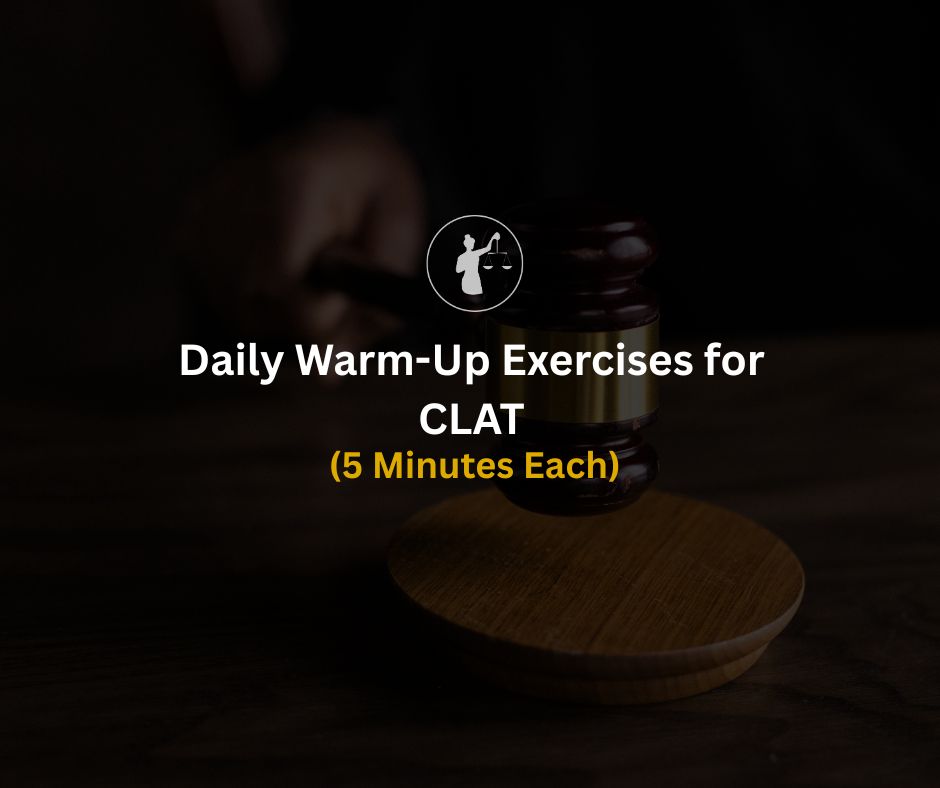
Kolkata has quietly become one of the most powerful centres for law entrance preparation in India. Every year, more aspirants from West Bengal are cracking top ranks, and the demand for CLAT Kolkata programs and dedicated CLAT West Bengal coaching is at an all-time high. From improved mentorship to strategic preparation and peer-driven study culture, students here are building systems that consistently deliver results.
One of the most inspiring examples is Akshat Shraff, who secured AIR 9 in CLAT 2025 while preparing from Kolkata. His journey shows how a focused plan, consistent practice, and smart use of resources can transform an average attempt into a top-10 performance.
Best CLAT Online Coaching 2026–2027 by NLTI
1. Awareness and Aspirations Are Growing
Families across West Bengal now see law as a high-growth, respected career path. As a result, many students are joining CLAT Kolkata programs as early as Class 11 or 12.
2. Local Coaching Ecosystem Is Stronger
The rise of dedicated centres for CLAT West Bengal coaching in areas like Salt Lake, Gariahat, and Park Street means aspirants don’t have to leave their city for top-tier guidance.
3. Peer Groups and Study Circles
Small peer groups and mentorship communities across Kolkata and nearby cities now offer daily quizzes, GK discussions, and mock reviews a crucial edge in a competitive exam like CLAT WB.
4. Hybrid and Online Learning Models
Students from smaller towns in West Bengal now have access to CLAT Kolkata-level teaching through online and hybrid programs. This has significantly widened the talent pool.
Read More: Landmark Supreme Court Judgments for CLAT (2020–2025)
Toppers from CLAT WB adopt specific habits that consistently push them ahead:
Reverse Planning: They fix mock dates first, then build their weekly schedule backwards.
Daily Dual Focus: A balance of conceptual learning (RC, Legal, Logical) and timed drills is a must.
Error Logs: Instead of just solving questions, toppers record every mistake, why it happened, and how to fix it.
Smart GK Routine: They split GK prep into 20 minutes of current affairs and 30 minutes of backlog revision daily.
One Source Rule: They don’t hoard material one mock series, one GK capsule, one PYQ set.
Weekly Analysis: Every Sunday, they review scores, classify mistakes, and tweak their next week’s plan.
“I started my CLAT prep here in Kolkata with just consistency as my focus. Every morning, I solved a passage or two, revised GK in the afternoon, and took a sectional or full mock in the evening. My error log was my biggest weapon; it showed me exactly where I was losing marks.
Getting mentorship from NLU seniors helped me prioritize what to study and what to ignore, especially in GK. The NLTI GK Booster and their mock series were spot on; they saved me time and matched the real exam’s difficulty. Anyone from Kolkata or West Bengal can crack CLAT with the right mix of discipline and guidance.”
Read More: CLAT 2026 Difficulty Prediction: Key Insights from CLAT 2025 Paper
Students in CLAT Kolkata batches increasingly use tools like NLTI’s GK Booster, which condenses current affairs and backlog into exam-ready capsules. Their mock series helps students benchmark performance, while mentorship from NLU students teaches them how to study smarter, including memory tricks, study-buddy groups, and weekly GK quizzes.
CLAT WB is no longer dominated by metro cities outside the state. Kolkata students are competing and winning on a national level. With focused preparation, peer learning, high-quality CLAT West Bengal coaching, and mentorship from platforms like NLTI, even a late start can turn into a top rank.
If you’re starting your CLAT prep in West Bengal, follow the proven path: structure your routine, focus on accuracy over volume, and use the same winning strategies that helped Akshat Shraff achieve AIR 9.





